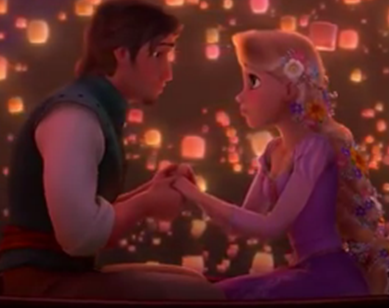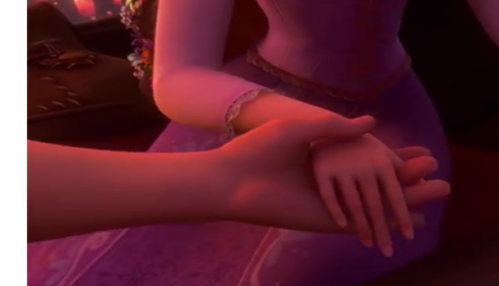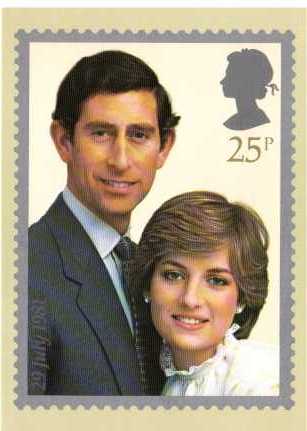Thank you Rachel Bloom for this cringe-worthy, plague-ridden parody of the Disney princess franchise!
And thanks to @AJP_lighthouse for sending it in!
Lisa Wade, PhD is an Associate Professor at Tulane University. She is the author of American Hookup, a book about college sexual culture; a textbook about gender; and a forthcoming introductory text: Terrible Magnificent Sociology. You can follow her on Twitter and Instagram.










